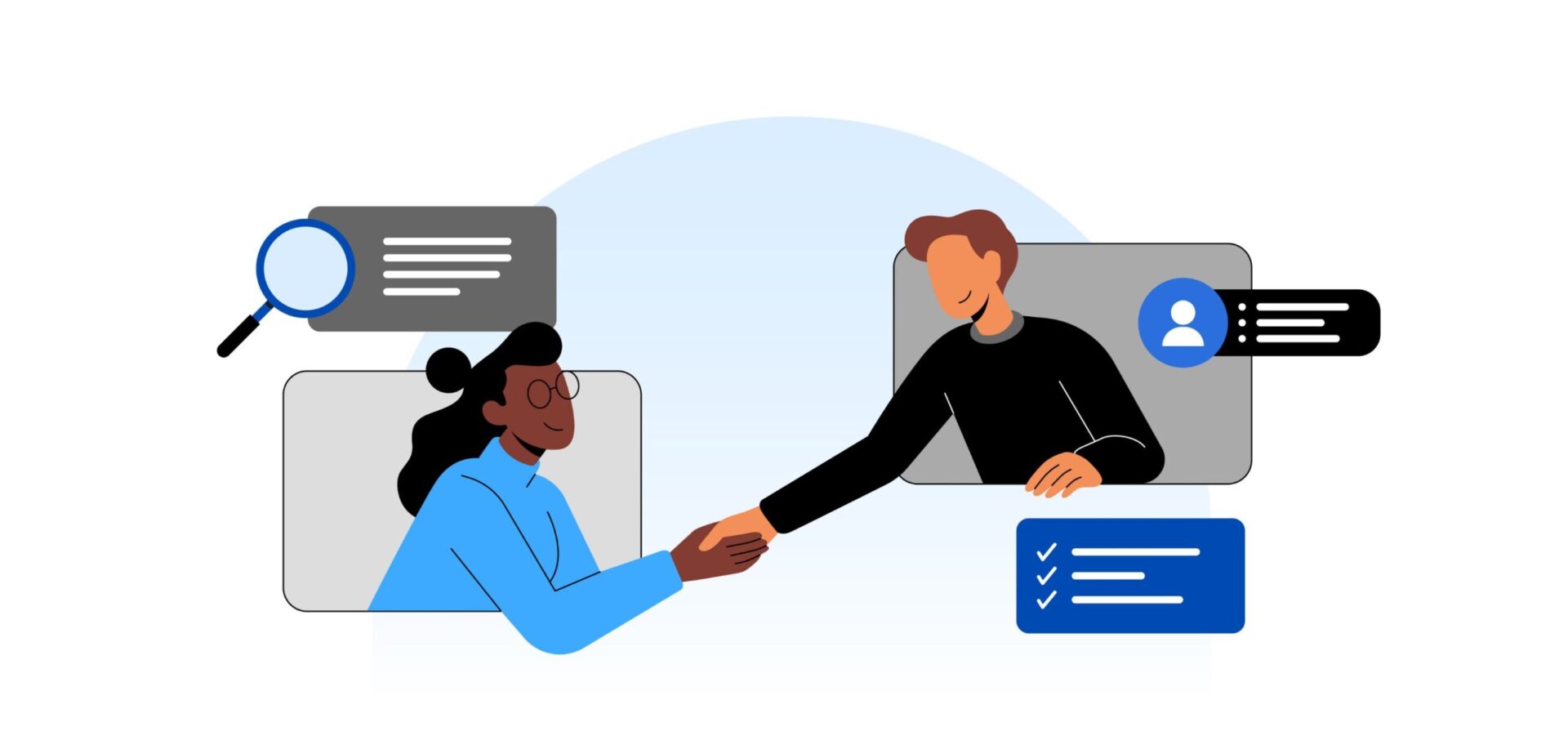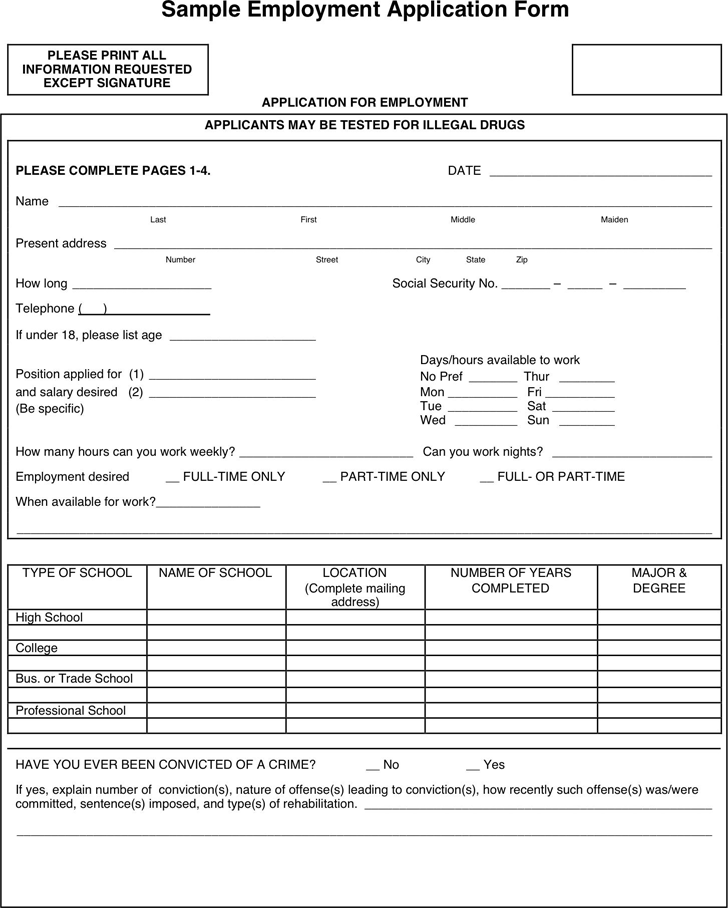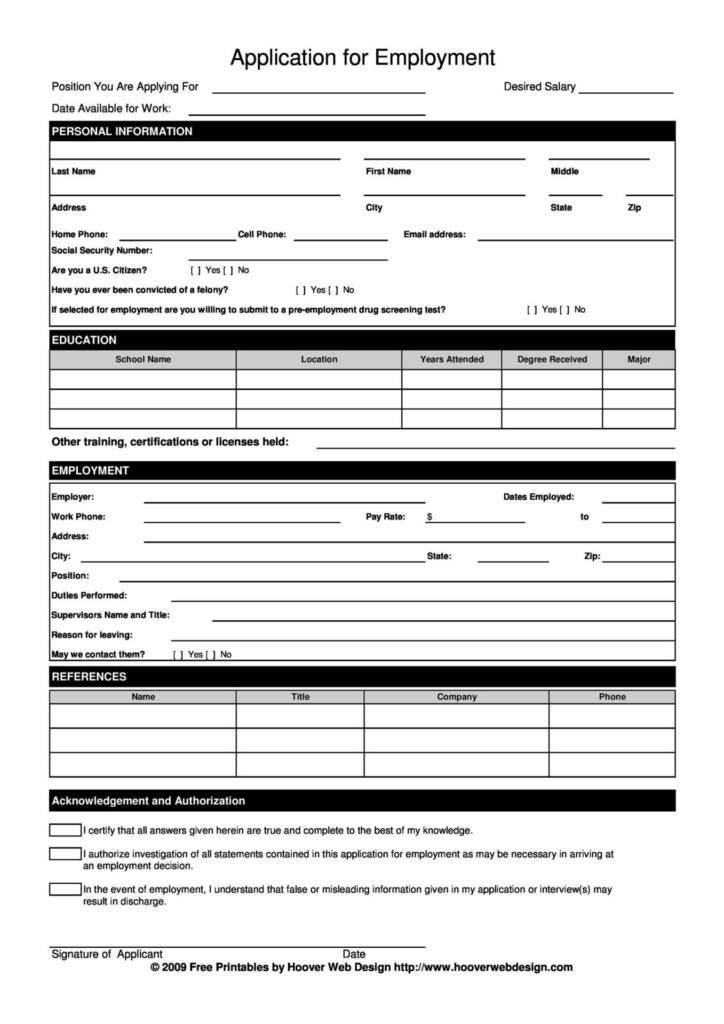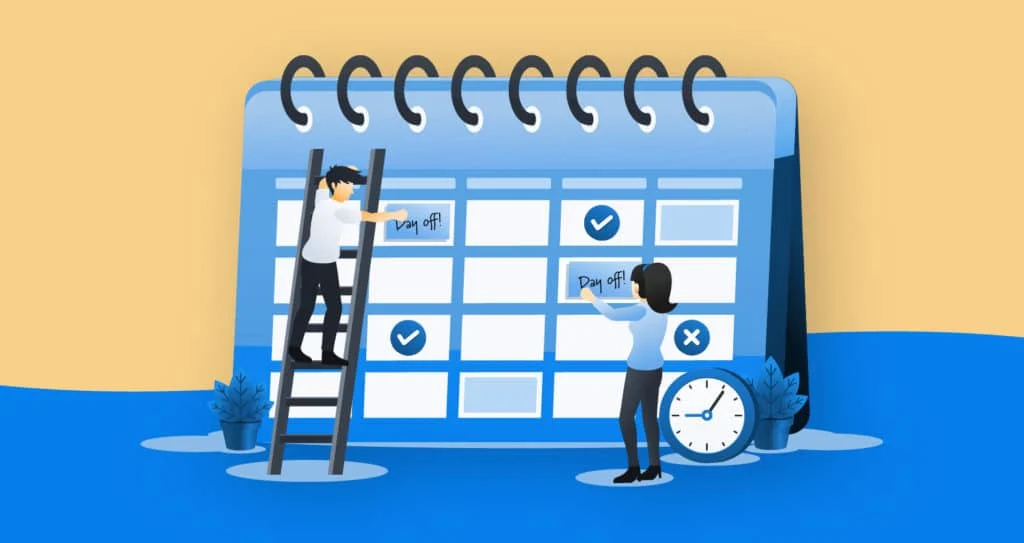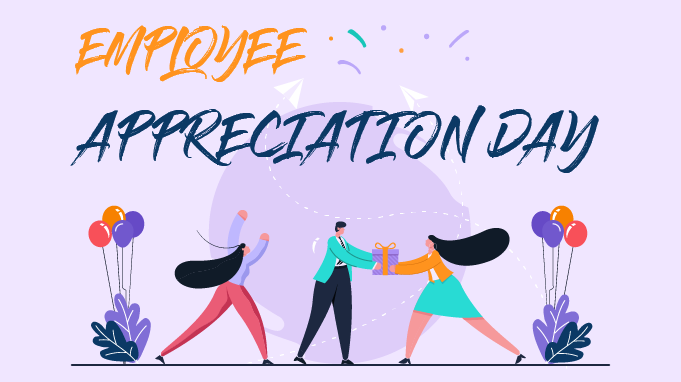A long weekend is like a priceless gift in the daily grind; it provides us with a chance to relax, break free from the routine, and make cherished memories with our loved ones. It’s the ideal time to start organizing your quick trips and restorative retreats, using Leave Management effectively, as we anticipate the long weekends in the USA in 2024. We discuss the upcoming USA long weekends in this post to encourage you to take full advantage of these well-earned vacations.
USA Long Weekends Calendar: USA 2024
-
- New Year’s Day Long Weekend: 30 December – January 1st
-
- Martin Luther King Jr. Day Long Weekend: 13 Jan – 15 Jan
-
- Presidents’ Day Weekend: 17 February – 19 February
-
- Memorial Day Long Weekend: 25 May – 27 May
-
- Juneteenth National Independence Day: 19 June
-
- Independence Day: 4 July 2024
-
- Labor Day Long Weekend: 31 August – 2 September
-
- Columbus Day Long Weekend: 12 October – 14 October
-
- Veterans Day Weekend: 9 November – 11 November
-
- Thanksgiving Long Weekend: 28 November – November 1st
-
- Christmas Day Long Weekend: 25 November – 27 November
1. New Year’s Day Long Weekend: 30 December – January 1st
Plan your long weekend for January 1-2, 2024, as New Year’s Day falls on Monday, January 1st. This federal holiday means government offices, schools, and most businesses will be closed. Enjoy a three-day break, starting from Saturday, December 30, 2023, and continuing through Sunday, December 31, 2023, and Monday, January 1, 2024.
2. Martin Luther King Jr. Day Long Weekend: 13 Jan – 15 Jan
Mark your calendars for the long weekend from January 13 to 15, 2024, in celebration of Martin Luther King Jr. Day. This federal holiday falls on Monday, January 15th, honoring the renowned civil rights leader. Enjoy a three-day break, starting from Saturday, January 13th, and extending through Sunday, January 14th, and Monday, January 15th.
3. Presidents’ Day Weekend: 17 February – 19 February
Get ready for a three-day long weekend from February 17 to 19, 2024, in honor of Presidents’ Day. This federal holiday, celebrating Washington’s birthday, falls on Monday, February 19th. Enjoy the extended break, starting from Saturday, February 17th, through Sunday, February 18th, and culminating on Monday, February 19th.
4. Memorial Day Long Weekend: 25 May – 27 May
Prepare for a delightful three-day weekend from May 25 to 27, 2024, as Memorial Day Weekend approaches. This federal holiday, observed on the last Monday of May, falls on Monday, May 27th. Enjoy the extended break, starting from Saturday, May 25th, through Sunday, May 26th, and continuing on Monday, May 27th, in honor of Memorial Day.
5. Juneteenth National Independence Day: 19 June
June 19, 2024, marks Juneteenth National Independence Day, also known as Jubilee Day. This significant day falls on a Wednesday, providing a single holiday unless additional days off are taken. It honours the liberation of African Americans who had been held as slaves in the US. Plan accordingly to observe this important historical event.
6. Independence Day: 4 July 2024
Gear up for an extended holiday weekend on July 4, 2024, in celebration of Independence Day, a federal holiday falling on Thursday. For an even longer break, consider taking an extra day off on Monday, July 3, 2024. With this additional day, you can enjoy a fantastic four-day weekend, making it a perfect opportunity for a short trip or some relaxing time with family and friends.
7. Labor Day Long Weekend: 31 August – 2 September
Make the most of the three-day long weekend from August 31 to September 2, 2024, in celebration of Labor Day Weekend. Labor Day, a federal holiday, falls on Monday, September 2nd. This holiday is observed annually on the first Monday of September. Enjoy your extended break, starting from Saturday, August 31st, through Sunday, September 1st, and continuing on Monday, September 2nd. It’s the perfect time to relax and unwind before heading back to your regular routine.
8. Columbus Day Long Weekend: 12 October – 14 October
Prepare for a delightful three-day off from October 12 to 14, 2024, in celebration of Columbus Day Weekend. Columbus Day, a federal holiday, falls on Monday, October 14th. It is observed on the second Monday of October and is a day off in most U.S. states. Enjoy the extended break, starting from Saturday, October 12th, through Sunday, October 13th, and continuing on Monday, October 14th. It’s a great opportunity to relax and spend quality time with family and friends.
9. Veterans Day Weekend: 9 November – 11 November
Get ready for a heartfelt three-day weekend from November 9 to 11, 2024, in honor of Veterans Day Weekend. Veterans Day, a federal holiday, falls on Monday, November 11th. Take this time to express your gratitude to all veterans for their service and sacrifice. Enjoy the extended break, starting from Saturday, November 9th, through Sunday, November 10th, and continuing on Monday, November 11th. It’s a perfect opportunity to reflect and appreciate the contributions of our veterans.
There are many ways to reward veterans, and Military Challenge Coins, as items with profound historical significance and military cultural symbolism, can be customized to honor veterans, directly expressing recognition and praise for their hard work and outstanding contributions during their service.

10. Thanksgiving Long Weekend: 28 November – November 1st
Get ready for one of the festive USA long weekends from November 28 to December 1, 2024, in celebration of Thanksgiving Weekend. Thanksgiving, a federal holiday, falls on Thursday, November 28th. It’s a day to give thanks and enjoy a delicious meal with family and friends. The celebration continues with Black Friday, the day after Thanksgiving, which is a non-working day in some businesses, offering opportunities for shopping and great deals.
For an extended four-day weekend, consider taking one day off on Friday, November 29th. This would provide you with a wonderful opportunity to relax, spend time with loved ones, and kick off the holiday season in style. Happy Thanksgiving!
11. Christmas Day Long Weekend: 25 November – 27 November
Enjoy a magical three-day weekend from December 25 to 27, 2024, in celebration of Christmas Day. Christmas, a national holiday in the U.S., falls on Wednesday, December 25th. On this day, government offices, organizations, businesses, and schools are closed, allowing everyone to celebrate the holiday season with their loved ones.
Additionally, in some states, Christmas Eve, which falls on December 24th, is also a day off, providing an opportunity for extended celebrations.
Please note that if December 25th falls on a weekend, a nearby weekday may be taken as a holiday in lieu, ensuring that everyone can enjoy the festive spirit of Christmas.





